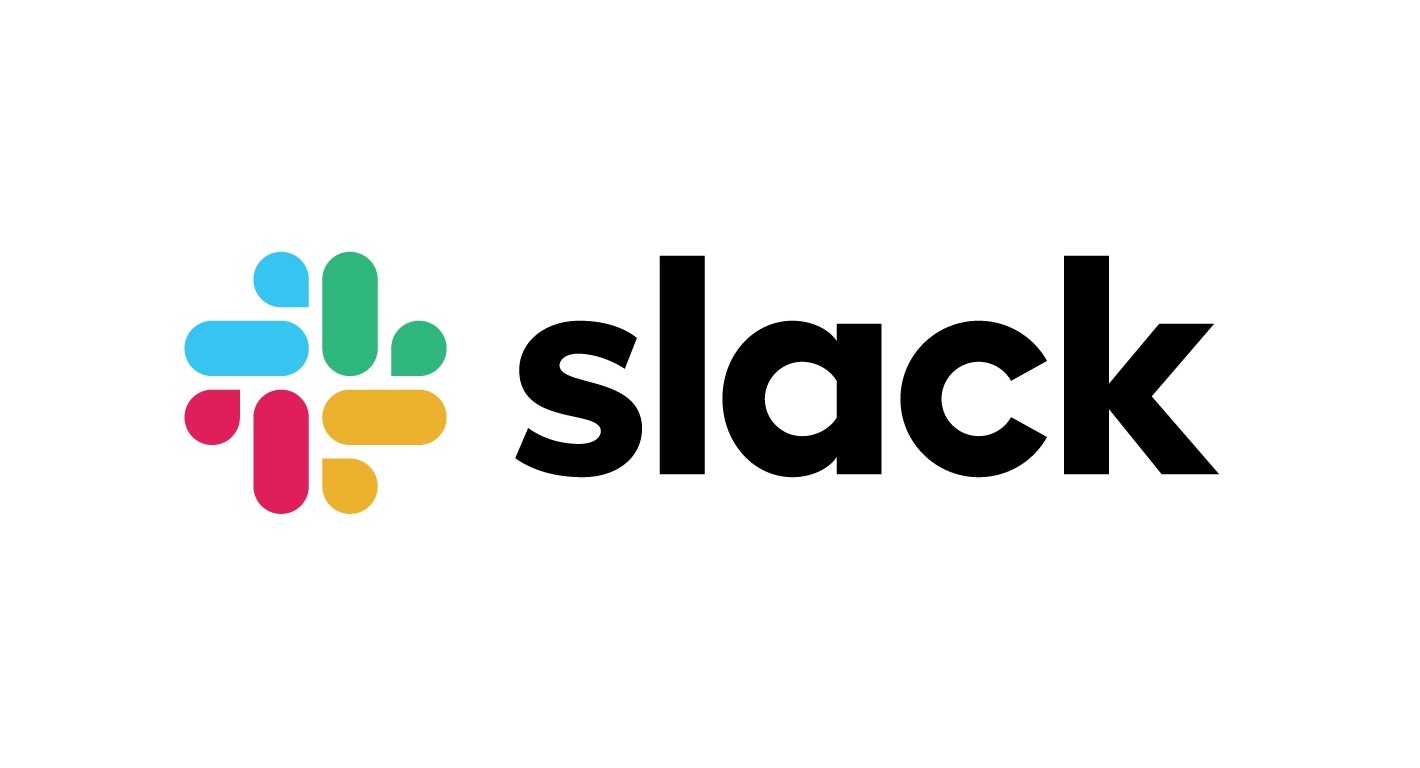
When Slack Technologies Inc. (NYSE: WORK) came public earlier in 2019, it was a unicorn that was seeing growth, growth and more growth. The initial public offering hit in the summer of 2019 at $38.50, for a whopping $23 billion market valuation at the time, and the post-IPO trading briefly went as high as $42. Shares are now basically half that price, and much of the shareholder angst at Slack is due to continued pressure from Microsoft Corp. (NASDAQ: MSFT).
One issue that can destroy any unicorn valuation easily is competition. When it’s competition from a behemoth like Microsoft, or any other mega-cap tech giants, then look out below. Microsoft had been somewhat close to the vest on how many users it had for the Teams communication service, but now it has reported that there are currently 20 million daily active users, up from the 13 million reported in July.
Back in October, it was reported that Slack had roughly 12 million daily users. While that is up from 10 million in January, the Microsoft offering is essentially free within Office 365 and the service also can be accessed independently.
Some brokerage firms have tried to defend Slack’s valuation, but Wedbush Securities has an Underperform rating and now has reiterated its $14 price target, based upon the competitive threats looking real. Daniel Ives of Wedbush said in the report:
We continue to believe that while Slack has the first mover advantage in this new market opportunity, Microsoft represents the biggest risk for investors given its massive enterprise installed base and the fact that it offers Teams with no extra charge to its Office 365 business customers. Although Slack has a strong growth opportunity ahead, in our opinion penetrating this next phase of enterprises will be incrementally more difficult as the Microsoft/Teams value proposition presents a major competitive hurdle going forward in sales cycles. To this point, we have spoken to many enterprise customers that have seriously contemplated Slack’s enterprise tier solution but in the final IT decision it was viewed that Teams service will suffice with no extra charge for Office 365 customers. Increasing user productivity and optimizing an organizations work flow through internal messaging plays right into the sweet spot for Microsoft and we find it very hard to believe any competition could displace the current dominance of the Office 365 product suite with our estimation that only 10% to 15% of the core Microsoft enterprise customer base is potentially “in play” for Slack to likely go after in collaborative bakeoffs based on our field checks. While Slack has a great product that has been resonating with the market, we believe the competition from Microsoft will be too much to handle as it starts to shift serious dollars toward this endeavor.
Ives also discussed what the Teams offering actually is against Slack’s offering. The report outlined what the conversion effort in converting free users into paying customers:
The free version of Microsoft Teams includes features such as unlimited message search, stepped up storage as well as group chat and screen sharing, making it the clear choice for any company that currently subscribes to Office 365. In cases where it is an entirely new customer Slack will need to heavily rely on its third-party app availability, which we believe will make it a toss-up between the two. Slack’s growth is predicated on its ability to attract users to its Free version and then convert them to paying customers, this raises a major concern to the longevity of the business model as the Free version of Teams could seriously hinder the company’s ability to attract incremental users. With that said we currently believe in the near term Slack will continue to grow its customer base as this market its currently still big enough for two players, but as it starts to shift its focus on the Large Enterprise, which it has stated it will, we believe “Winter is Coming” as Microsoft will ultimately own this market and turn Slack into just a “nice to have” vs. a “must have.”
Where things get interesting for Slack is that many analysts who had positive ratings and strong targets, and even analysts who were cautious, have not fully refreshed their price targets lower as Slack’s stock price has been gutted. Another issue surrounding Slack is that there seem to be endless investigations and class action suits facing the company. That’s not good for any company but is really awful for a newly public company.
Slack’s original reference price heading into the summer’s IPO was $26, for a valuation of about $15.7 billion. Now the direct listing model has yet another victim on the roster of bad IPOs. Slack is still growing revenues rapidly, with expected gains of about 52% in 2019 and almost 40% in 2020, but its losses are expected to remain through at least 2020. And its valuation of more than 13.5 times expected 2020 revenues leaves a scenario in which the shares’ price has to keep being supported endless growth in order to justify the already-depressed valuation.
Morgan Stanley did not issue a call this week, but last week the firm maintained its Equal Weight rating and cut its target to $28 from $38, noting that growing competition and other factors are likely to limit how much they are willing to pay up to invest in Slack. To consider what a $28 target means on an implied basis, it’s now a call for upside of over 31%, about three to four times what a traditional Buy or Outperform rating comes with in established companies with earnings and dividends.
Shares of Slack were trading down 8.3% at $21.20 on Tuesday ahead of the noon hour. Its post-IPO trading range is $19.53 to $42.00, and its market cap is about $11.52 billion at this point.
Thank you for reading! Have some feedback for us?
Contact the 24/7 Wall St. editorial team.

 24/7 Wall St.
24/7 Wall St.



